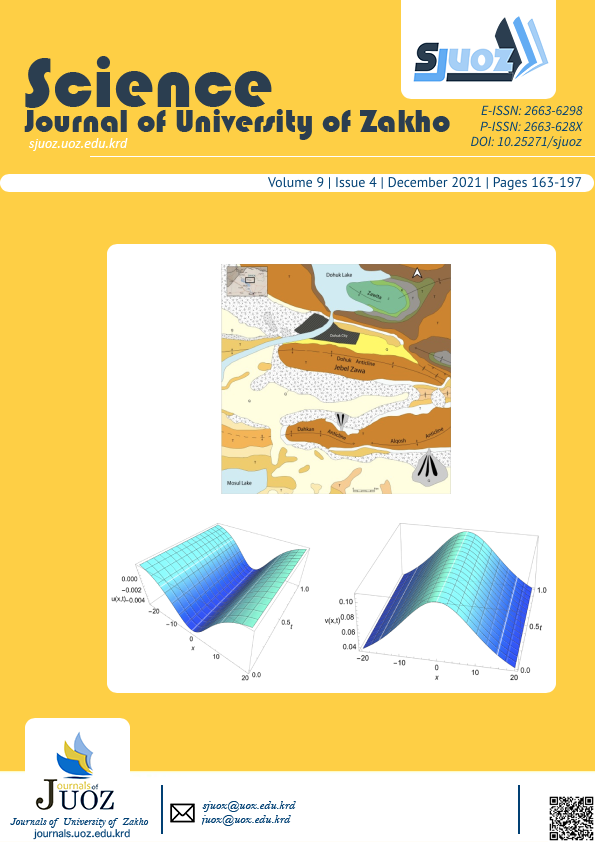Deep ContactlessS 3D-Middle Finger Knuckle Recognition
Abstract
Automation security is one of the main concerns of modern times. A safe and reliable identity verification system is in great demand. A biometric verification system can represent a reliable method of identifying an individual. The knuckle pattern is considered to be one of the emerging hand biometrics because it has the potential to identify individuals. This presented work explores the possibility of using 3D middle finger knuckle for biometric identification. The study provides a new simple, trained from scratch but effective deep convolutional neural network model that designed for 3D figure knuckle print recognition. To the best of the author's knowledge, this is the first successful attempt to develop 3D middle finger knuckle based authentication system using Convolutional Neural Network (CNN). Extensive experiment was carried out using (HKPolyU) the 3D knuckle image database of Hong Kong Polytechnic University. The performance of the proposed CNN model has been evaluated using two session data obtained from different camera lenses. The model designed to be implemented in a real-time system. It can be deployed in a small-scale environment like offices, houses, or personal devices, where the training is very easy. The experimental results were very encouraging and showed the potential of using the 3D middle finger knuckle pattern for biometric applications. The results confirmed that despite various challenges compared with other studies in the same field, the proposed method provides an optimistic solution with an accuracy of 71%.
Full text article
Authors
Copyright (c) 2021 Nigar M. Shafiq Surameery

This work is licensed under a Creative Commons Attribution 4.0 International License.
Authors who publish with this journal agree to the following terms:
- Authors retain copyright and grant the journal right of first publication with the work simultaneously licensed under a Creative Commons Attribution License [CC BY-NC-SA 4.0] that allows others to share the work with an acknowledgment of the work's authorship and initial publication in this journal.
- Authors are able to enter into separate, additional contractual arrangements for the non-exclusive distribution of the journal's published version of the work, with an acknowledgment of its initial publication in this journal.
- Authors are permitted and encouraged to post their work online.
